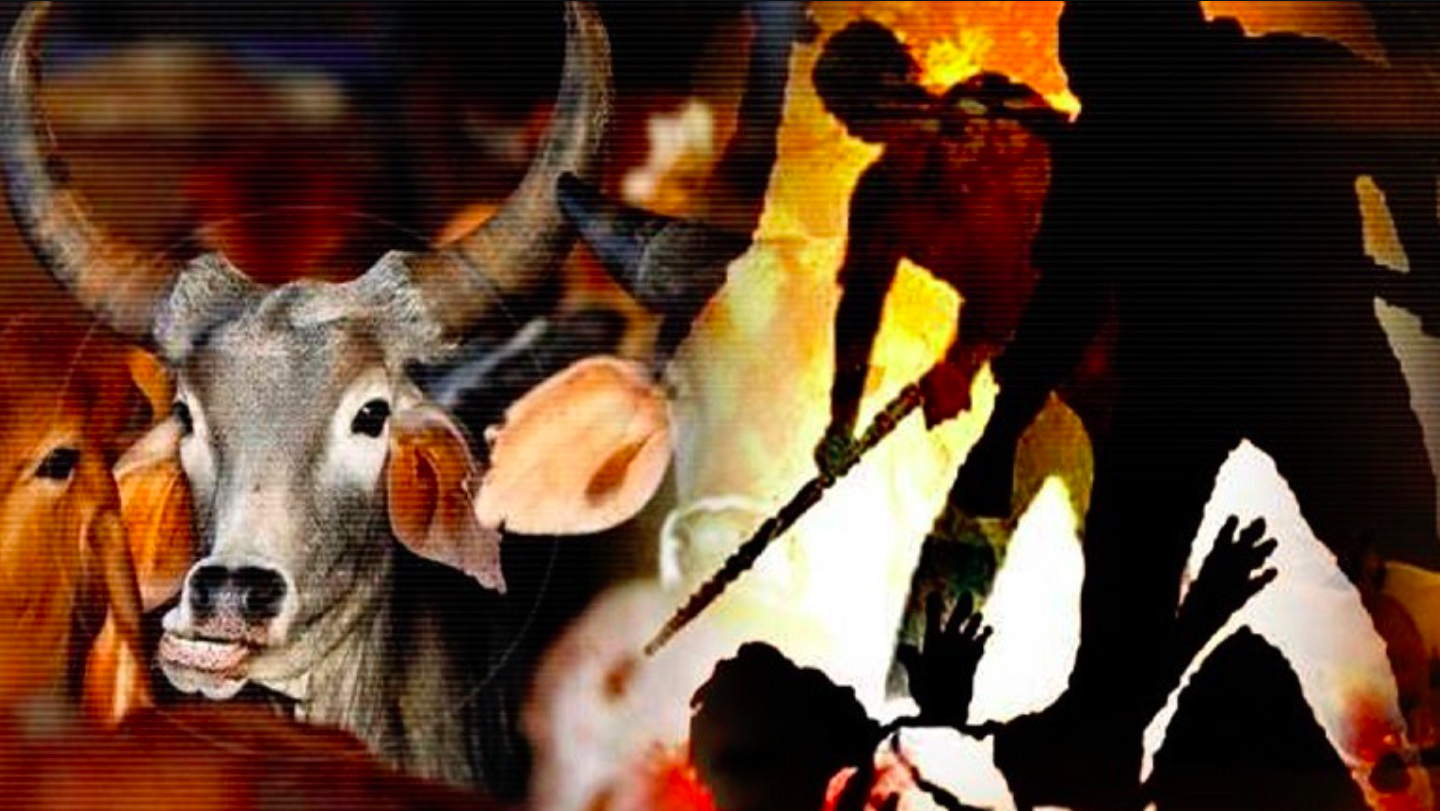Fehmina Hussain for BeyondHeadlines
New Delhi: On 29th of January 2013, Debating Community, JNU organised a three hour participatory workshop on RTI in Jawaharlal Nehru University, New Delhi. Impressive number of people, including students, faculty members, and media-persons attended the workshop. Ashish Shukla, President, Debating Community, JNU, started the proceedings by outlining the importance of Right to Information Act. In his initial remarks he said that entire Act revolves around “transparence and accountability”, and termed it a landmark legislation which aims to empower a billion plus Indians by giving them the right to know.
After this Abdul Hafiz Gandhi, Doctoral Fellow, Centre for the Study of Law and Governance, JNU, made a mesmerizing and powerful presentation on the Right to Information Act. During his presentation, Mr. Gandhi analysed each and every important provision of the Act with precision and great detail. He repeatedly told the audience that RTI is a tool and not a weapon.
He even discussed passive and often negative attitude of various public authorities. At one point of time he stunned the audience by telling how the Supreme Court of India, initially tried to exclude itself from the scanner of RTI and how it went to Delhi High Court on the issue which was later decided by the Delhi High Court against the Supreme Court. At the moment the case is pending in the Supreme Court itself. Besides this, Mr. Gandhi underlined various problems and challenges faced by RTI activists in their day to day life.
After the discussion, Mr. Ashish Shukla, who is also pursuing his Ph.D. from School of International Studies, in an interaction told us that “Debating Community” is primarily aimed to promote the debating culture and make people aware of various issues of national and international importance by organizing discussions and workshops. He assured us that such programmes would be organised by “Debating Community” on a regular basis where young scholars and experts would be invited to make presentations on their respective areas.










